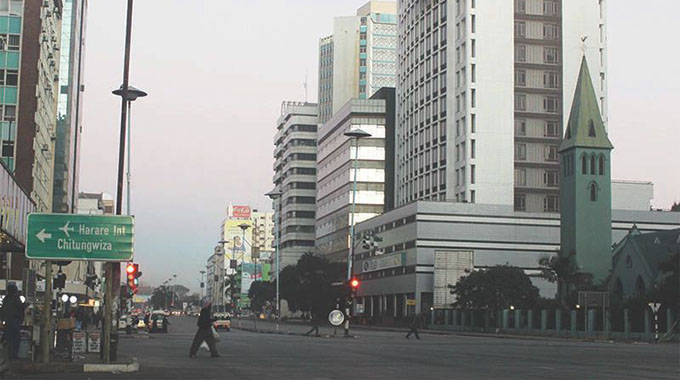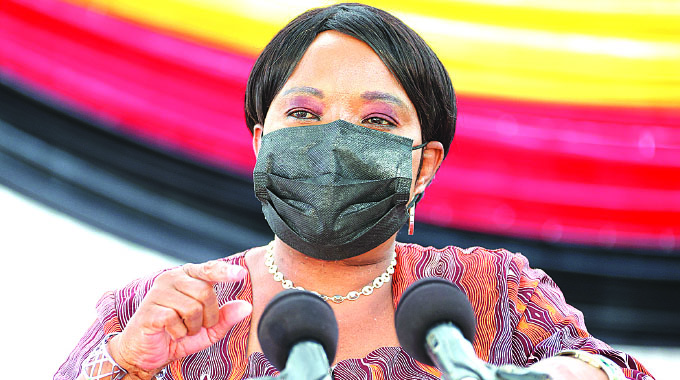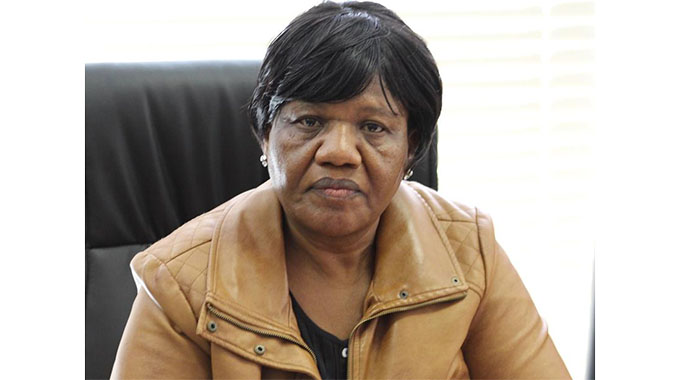EDITORIAL COMMENT: Imagination needed for central Harare

The decline in basing offices in Harare city centre continues, although shop space is basically fully occupied, with vacant offices now making up about 60 percent of what is available.
In office parks and suburban areas, there are basically no vacancies, more buildings are going up and conversions continue.
Rents are even higher in the office parks and suburban areas. A major property manager estimating that rents in the city centre vary from US$3 to US$8 a square metre while suburban office space starts where the city centre leaves off, ranging from US$8 to US$10 a square metre. The old reasons are given by the property manager, the noise, the crowding, the vendors and the congestion, but this is less than the whole story in some ways it misses the point.
The crowds and the fact that the main bus terminuses are in the centre of a rather badly planned city, so many have to take two buses in each direction when going to work and back home, mean that commercially the city centre thrives. It is a huge market place and almost anything that can be rented out as a shop is rented out as a shop. The two major city centre developments, the new buildings, since the last high-rise office tower, Joina City, was completed are both pure commercial.
Mahomed Mussa rebuilt most of Guy Clutton Brock Avenue with high quality architecture and largely maintenance-free finishes for a single huge wholesale business and Old Mutual built the very large Eastgate Market.
Other buildings have been converted. Department stores have died, but supermarkets flourish and small shops can always be rented. So we see OK Zimbabwe moving into a large section of a former motor showroom and the Meikles empire converting one department store, Greatermans, into a large Pick n Pay and another, Barbours, into three floors including the basement of small shops.
Cairns had already shown the way with its huge showroom being divided into another large OK and a large arcade of small shops. All that development seems to show that commercially large food stores and smaller shops can be filled. Similar development is taking place in some, but not all, suburban shopping centres, but here the old rule that there must be at least one major anchor tenant, a large supermarket, still holds sway, but given that then smaller shops can flourish as well with Borrowdale and Avondale taking the major lead in this.
We are left with the empty office space. The most interesting point in some ways of the suburban office development is that most of it is not close, like a lunchtime walking return journey, from the office space.
So unless you have a car this means shopping in the city centre as you change buses, or shopping near home in a suburban centre after work. The dramatic rise in suburban offices are, as property specialists note, in many ways a direct result of the internet connectivity and the cabling done in the streets. For a wide range of businesses it no longer matters where you are so long as you do not need pedestrian customers coming in. Customers in cars are okay.
You still get concentrations of some types of business. Eastlea North is almost solid lawyers, but close to a major bus route. Avondale seems to have become a major private medical reservation, but again with good, or adequate, bus services.
Both are close to the city centre so taxi fares are trivial compared to legal and medical bills. The market does respond to customer needs even if the professionals concerned never walk except on a treadmill in a gym and try and pretend all their clients have cars.
The largest office parks, and the long strips of rebuilt or converted former residential housing, also tend to be along main roads or close to main roads. You can move a couple of blocks from the road outside the professional reservations and soon find a lot of housing.
This is not just for customers. A lot of the businesses need junior staff, even if it is just answering the phone, standing guard or making the tea. And so they need to use buses. Some executives have arranged their own company transport, to at least travel to and from the city centre terminuses; others expect staff to cope. But there is still that customer difficulty and the need for private transport to use other people’s services. Spreading out the business sectors so dramatically has its inconveniences as well, even if the business owners and managers find it far more pleasant to work nearer home with free parking.
That parking nightmare might well be one of the major reasons, or even the major reason, for the dispersal of office-based business. Many of the older office blocks were erected in the days when parking was free, or at least was free within a block or two.
As late as the early 1980s paid-parking was in a narrow band between Sam Nujoma Street and Julius Nyerere Way, and was generally cheap. Now you need around US$10 a day just to park a car.
Only the newest blocks have a reasonable amount of on-site parking, and even that is not enough.
Yet most parking bays are still full, even with the slumps, and the parkades are generally packed with contract parkers. So there is still a lot of business being done in city centres, just not in the majority of offices.
A growing problem is the need for maintenance and, in most building built before 1990 now, for full renovation. Lifts do not last more than around 30 years, and plumbing can corrode and in any case anything before around 1995 needs to be cabled. Many property owners, faced with older buildings, are the hardest hit for lack of tenants, or can only attract the cheapest, and so cannot afford this.
We have much of the 40 percent of occupied office space in Harare city centre either in low rise buildings, in the lower floors of older buildings or in those built in the 1990s or at least designed then. Yet that is a huge stock. Some owners have been filling with amounts to light industry, the tailors and the like, or the small colleges that proliferate.
There have been suggestions to convert some to housing, although the parking problem by day and unprotected parking at night makes that difficult: student housing has been suggested as one solution as students don’t have cars, but still need a lot more bathrooms than most towers have and still need a working lift, so there are costs involved.
But right now it does not look we are to see a return to full offices in the city centre so owners need to do something to regain a positive income and thus imagination is now moving into the forefront. Even shop income is a modest fraction of what it would ring in the major northern suburb complexes, but does exist as a lever.
Right now property experts, city planners and others need to think hard and start working together. Some of the mess, like the parking has been cleaned up, but at a price. Crime rates are low. Commerce flourishes. So we are not yet at a point of no return. We just need to be different.











Comments